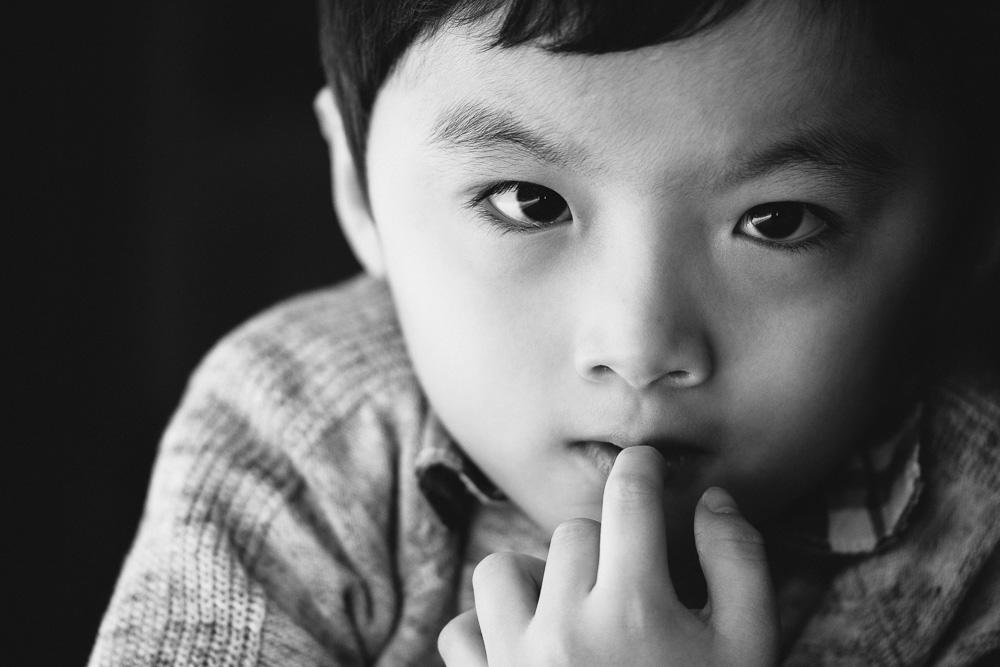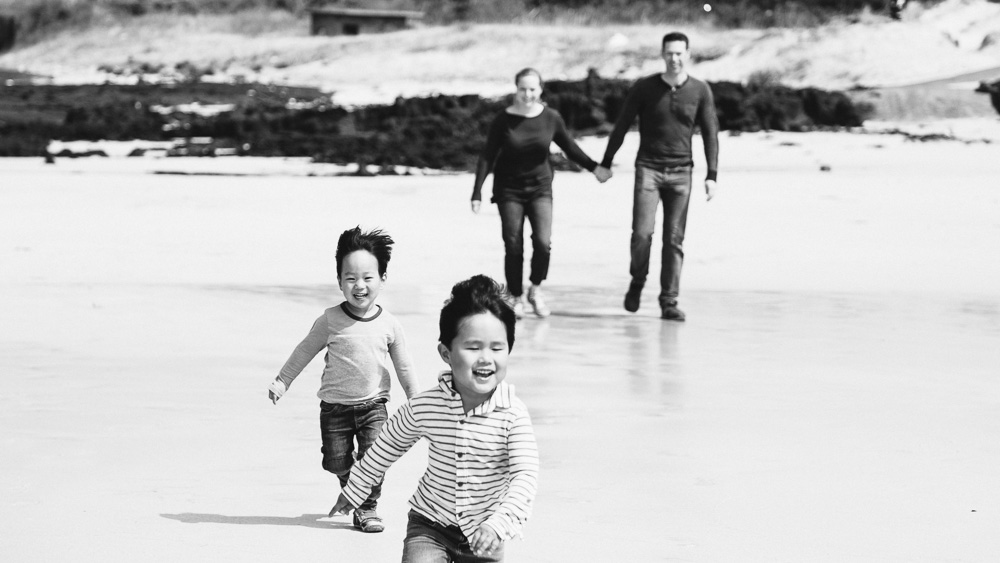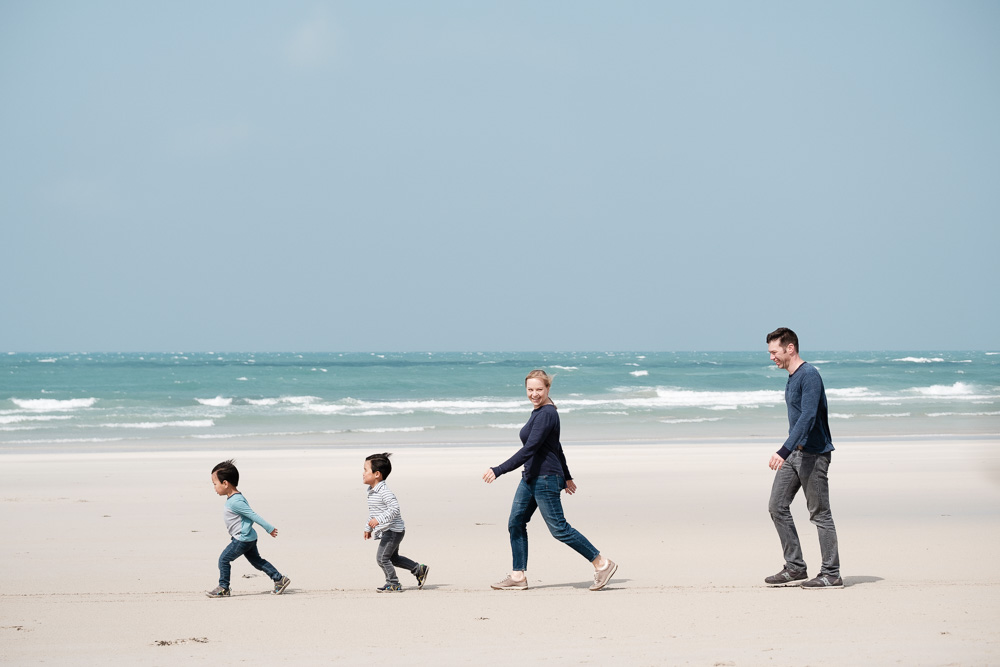From its humble beginnings, the Fujifilm autofocus system has come an extremely long way. With the X-T1, Fujifilm really started to up the game and provide a reliable and reasonably fast autofocus system. Then they updated it to firmware 4.0 and gave us much more than we expected that little camera to be capable of. Then came the third generation sensor with its X Processor Pro, and that was the real game changer for the system. Now, the current X series cameras are capable of autofocus to rival the industry standard DSLRs. Today, we’ll take a look at the features of that system and how to get the most from it.
Focus Modes
Your Fujifilm camera has three basic focus modes. They are Single, Continuous, and Manual. Switching these modes is as easy as moving the selector next to your lens. With a little practice, this can be done without even looking.
The manual focus features of this system are accurate and easy to use, but they are a whole separate article in themselves. For now, we’ll focus on the automatic features of the camera. Before we get into how I like to use each of the focus modes, I’ll run you through my button setup for using the different modes.
Camera Setup
As with most Fujifilm users, one of my favourite features of the system is its customisability. The number of reprogramable buttons on such tiny cameras is astounding and makes them a breeze to use once they are set up with your most oft used functions.
For focus related settings, I most often switch in and out of face detection, and between zone and single point focus. So, I have these two assigned to function buttons. The down button on the selector pad is set for face detection settings, and the right button for focus mode. This makes it quick to switch these modes when I need them without even taking my eye away from the viewfinder.
I really recommend taking advantage of Fujifilm’s function buttons and quick menu. These two features will make your camera operation so much faster and allow you to spend more time doing what really matters – shooting pictures.

Additional Settings
Some of the custom settings in the AF menu can be a little confusing at first, but Fujifilm’s default settings are good for most situations.
Personally, I keep the number of focus points to 91 on my cameras, as I find that having too many AF points limits my ability to move the AF cursor around quickly.
Another curious setting is the Pre AF setting. It forces the camera to keep refocusing even when the autofocus system is not engaged manually. On older cameras or in dark situations, this can be a useful feature to improve the speed of your autofocus, but for the most part, I recommend keeping it turned off as it can be distracting to have the camera continually trying to find focus.
There are several different tracking modes available, but I have found that the default “general purpose” setting does a fantastic job for everything I have tested it for. Even catching the local storks landing in the river at 400mm was no problem for this. Unless you have a very specific need to change these settings, I have found that the default works quite well.
Now that we’ve walked through some basic setup, let’s take a look at the two autofocus modes, single and continuous. These can be selected via the switch beside the lens marked S(ingle), C(ontinuous), and M(anual).
Single Autofocus
Single autofocus means that the camera will focus once each time you ask it to. By default, this is done by half pressing the shutter button. As long as you hold the button down, the camera will not refocus.
This is great for static subjects or subjects not moving toward or away from the camera. It is extremely accurate and is by far my most used focus mode.
Depending on what I am photographing, I will also switch quite regularly between single point (not to be confused with Single AF) and zone. Zone is great for shooting with narrow apertures as your focus may not need to be critically on one point. This speeds up AF operation significantly. It is not so useful when there are objects partially covering your subject as the system may get confused as to what you want it to focus on.
Coupling AF single with face detection is also very useful for portraits. Fujifilm’s face detection is accurate and finds faces in good light with ease. I have found that it gets eyes perfectly in focus more often than single point focus.
Continuous Autofocus
As the name suggests, this mode allows the camera to continuously focus, which is great for moving subjects. The tracking features introduced in the X-T10 and to other models via firmware updates allow the camera to accurately follow moving subjects. The X-Trans III sensor and X Processor Pro improved this again by speeding up its operation, making the Fujifilm system a great option for wildlife and sports shooters as well.
I have found that continuous AF works best with zone or wide AF modes (not single point) and produces the best results when coupled with a continuous release mode. Typically, I will shoot in continuous low (set to 5 FPS) and this gives me great results. For me, shooting in single release mode rarely results in good sharpness.
Although wide tracking is quite useful for erratic movement, much of which I find myself shooting in my family sessions, I have not found it to be quite as reliable as zone AF. For this reason, I will usually have my camera set to CL drive mode with AF-C and Zone enabled. This gives me great results with moving subjects. As long as I know roughly where I want my subject in the composition, this is a great option.
Face detection also works well when coupled with AF-C as long as your subject is moving. This mode is not recommended for a portrait if the subject is not in action. The system will try to compensate for movement that is not there and result in out of focus images.
I find that face detection and AF-C work great when I’m moving about capturing street images. Of course, this doesn’t work so much in crowds as the system doesn’t know which face you want, but for individuals I find that it is fast enough to get in focus images even in situations where we are walking towards each other.
CDAF vs PDAF
The other thing to note is that X-Trans II and III sensors have both Contrast Detect Auto Focus and Phase Detect Auto Focus points. The central area of the sensor is covered in PDAF sensors, which are denoted by bright white dots when selecting your focus point. These are much faster than the CDAF points around them, and I recommend staying inside the PDAF square when using continuous focus. This will ensure a higher number of frames in focus.
The GFX
The GFX has all of this technology built in as well, but it is not nearly as fast as the current batch of X cameras. As the sensor only uses contrast detect for focusing, you can expect autofocus at the level that the X-T1 was at release. It is still quite impressive for a medium format camera, but don’t be expecting X-T2 performance. One thing you can do to speed up the auto focus slightly is enable Rapid AF in the menu. This redirects some of the processor’s resources to the autofocus system by reducing the quality of the preview on your screen.
In Conclusion
I hope that this introduction to Fujifilm’s autofocus system has given you a small look into how you can get the best from your camera. Please feel free to ask any questions you have below and I’ll do my best to help out!






















